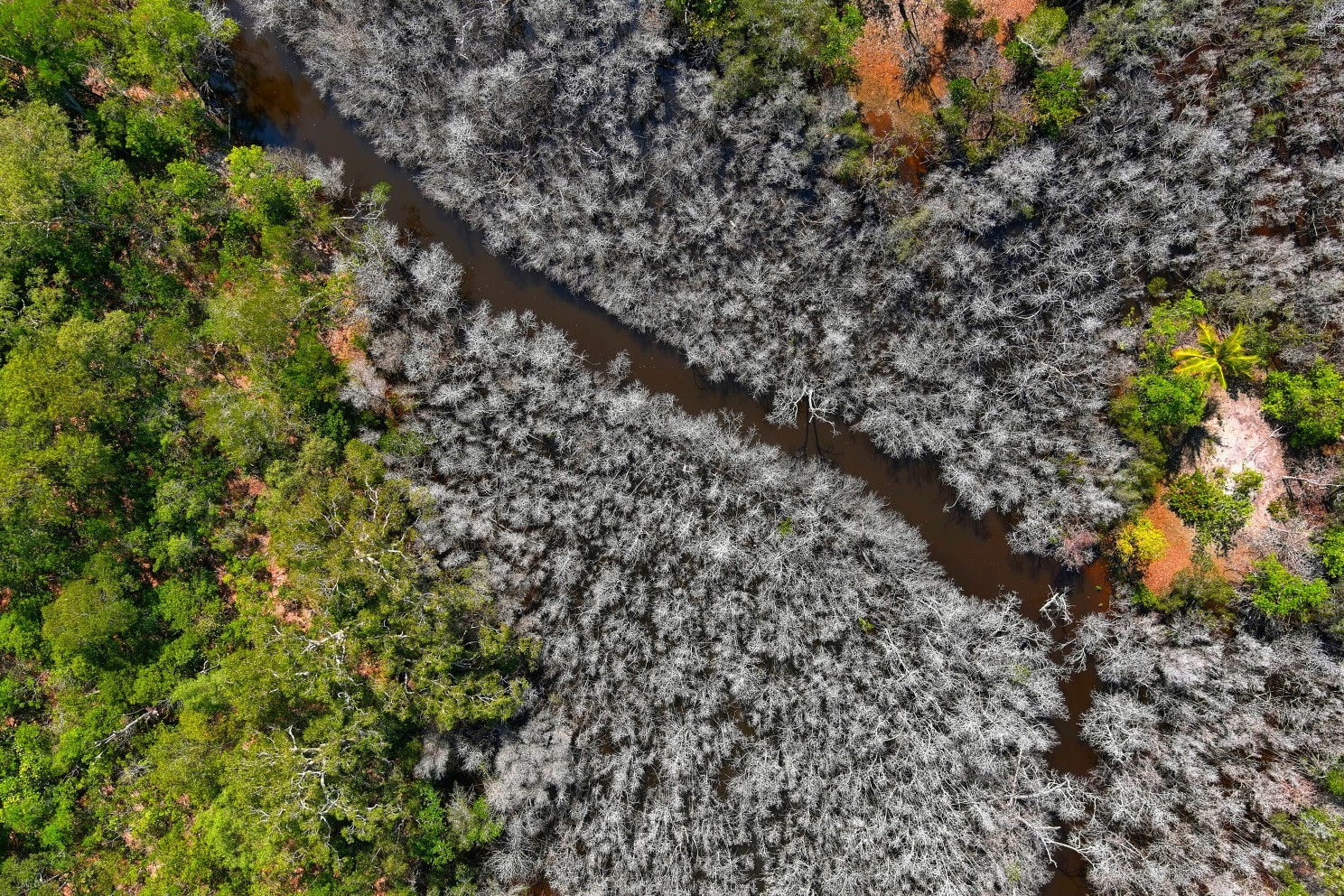Choosing the right drone for mapping can be challenging. This article compares the Autel Evo II Pro and the DJI Mavic 2 Pro, focusing on their mapping capabilities, to help you make an informed decision. We’ll examine the drones, controllers, camera systems, and software, highlighting key differences and similarities.
Drone Comparison: Size, Weight, and Performance
While both drones are excellent options for aerial mapping, there are notable distinctions in their physical attributes and performance metrics:
- Size and Weight: The DJI Mavic 2 Pro is smaller and lighter, making it more portable.
- Battery and Flight Time: The Mavic 2 Pro’s battery is smaller and lighter, resulting in a shorter flight time (around 31 minutes) compared to the Autel Evo II Pro’s 40 minutes. However, real-world flight times often fall short of advertised figures. The Evo’s longer flight time translates to covering more ground per battery.
- Wind Resistance: The Autel Evo II Pro boasts a higher wind resistance (up to Force 8), while the Mavic 2 Pro is rated for Force 5 winds. This difference is significant for mapping in challenging weather conditions.
Operationally, both drones are similar. The Mavic 2 Pro is quieter during flight, while the Evo II Pro might feel slightly slower during takeoff. The Evo II Pro offers a “ludicrous” speed setting that could potentially address this.
Camera Comparison: Image Quality and Field of View
Both drones feature a 1-inch CMOS sensor with 20MP resolution. A key difference lies in their field of view:
- Field of View: The Autel Evo II Pro has a wider 82-degree field of view compared to the Mavic 2 Pro’s 77 degrees. This wider FOV allows the Evo to cover a larger area per image, but at a slightly lower ground resolution. At 100m altitude, the Evo II Pro covers 174m width compared to the Mavic 2 Pro’s 160m.
- Ground Resolution: Due to the wider FOV, the Evo II Pro’s ground resolution is approximately 3.2cm per pixel, while the Mavic 2 Pro offers 2.9cm per pixel. This minor difference might be negligible for many applications.
Neither drone features a mechanical shutter, a feature often preferred for mapping, which is found in higher-end models like the DJI Phantom 4 Pro.
Example image from the Autel Evo II Pro.
Example image from the DJI Mavic 2 Pro.
Remote Controller Comparison: Functionality and Design
While the DJI Smart Controller boasts an integrated screen, it’s unsuitable for mapping as it lacks the ability to connect to mobile devices and mapping apps. The standard controllers for both drones are more comparable:
- Display: The Autel Evo II Pro controller offers a higher clarity display. However, when using a connected mobile device for mapping, this difference becomes less critical.
- Tablet Compatibility: Both controllers’ default phone holders may not accommodate larger tablets. Third-party solutions are available to address this.
- Additional Features: The Evo II Pro controller features a dedicated pause button, simplifying mission control compared to the DJI Mavic 2 Pro.
Software and App Comparison: Ease of Use and Features
A significant advantage of the Autel Evo II Pro is its integrated mapping functionality within the standard flight app. This streamlines the mapping process compared to the DJI system, which requires switching between the DJI Go 4 app and a separate third-party mapping application.
While third-party DJI mapping apps offer flexibility, the Autel Evo II Pro’s integrated solution simplifies workflow and learning. Minor differences exist in flight path planning, with the Evo II Pro pausing at each waypoint. DJI GS Pro uniquely allows for alternating forward and backward flight paths, beneficial for managing sun glint in certain mapping scenarios. Autel’s app provides warnings for no-fly zones but doesn’t enforce flight restrictions like DJI’s software.
Autel Evo vs DJI Mavic 2 Pro: Conclusion
Both the Autel Evo II Pro and DJI Mavic 2 Pro are capable mapping drones. The best choice depends on individual priorities. The Evo II Pro offers longer flight times, higher wind resistance, and integrated mapping software. The Mavic 2 Pro is smaller, lighter, and generally less expensive. Consider your specific mapping needs and budget when making your decision.


